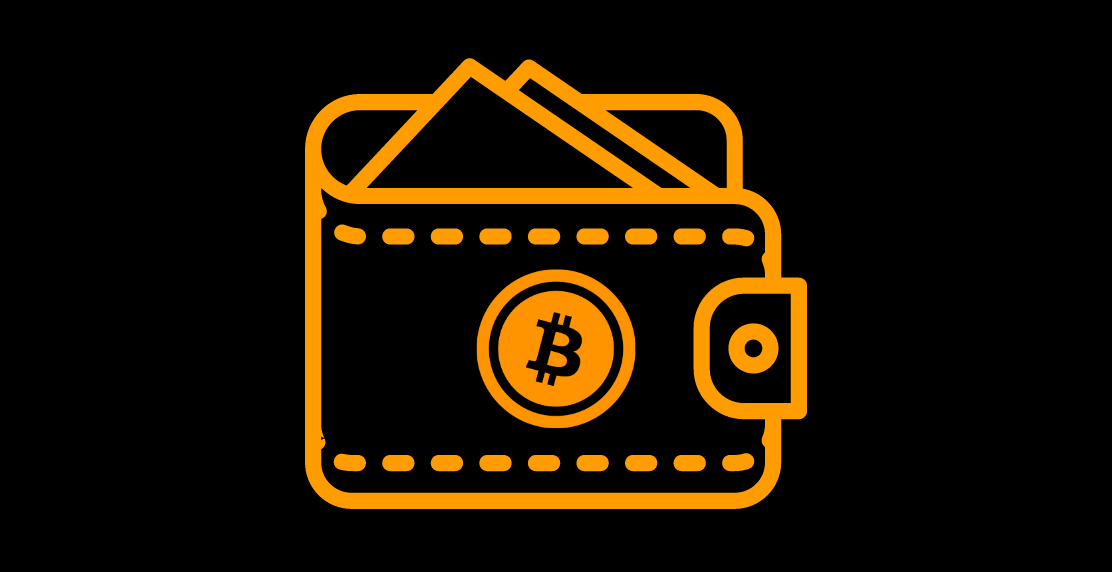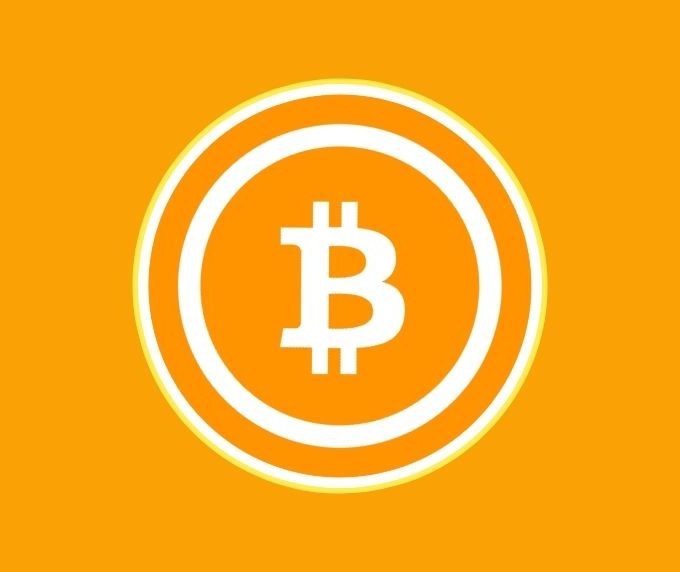A Bitcoin wallet from the early days of the cryptocurrency, often referred to as the “Satoshi era,” has unexpectedly been reactivated after lying dormant for over 13 years. This remarkable event has captured the crypto community’s attention, as wallets from this period are rare and carry significant historical value.
The wallet in question contains 64 BTC, currently valued at approximately $4.1 million. Its activation after 13.6 years of inactivity is noteworthy, given the potential link to Bitcoin’s mysterious founder, Satoshi Nakamoto, who was active in online forums between late 2009 and 2011. The sudden reawakening of such a wallet often raises questions about the owner’s identity, with speculation ranging from early Bitcoin adopters to Nakamoto himself.
This activation is part of a broader trend, as several other long-dormant Bitcoin wallets have been reactivated in recent weeks. For instance, a wallet containing 142 BTC was reactivated on August 21 after 10.8 years, showing an astonishing 11,454% gain. Similarly, on August 19, another wallet with 19 BTC was reactivated after 10.7 years, reflecting an 8,844% increase in initial investment. These events suggest that early Bitcoin holders are beginning to capitalize on the cryptocurrency’s current high market value.
The timing of this activation is exciting, as it coincides with a period of upward movement in Bitcoin’s price. Following comments from U.S. Federal Reserve Chairman Jerome Powell about a potential monetary easing cycle, Bitcoin surged to a high of $64,987. Although the rally has slightly cooled, with the cryptocurrency trading at around $63,929, market analysts are closely watching key resistance levels. Breaking past the $67,300 mark could potentially propel Bitcoin to new heights, with predictions of a climb to $80,500.
The reactivation of this Satoshi-era wallet, coupled with the ongoing price rally, underscores the enduring significance of early Bitcoin investments and the evolving dynamics of the cryptocurrency market. As these dormant wallets come to life, they serve as a powerful reminder of Bitcoin’s long-term potential and the ever-present intrigue surrounding its origins.
The wallet in question contains 64 BTC, currently valued at approximately $4.1 million. Its activation after 13.6 years of inactivity is noteworthy, given the potential link to Bitcoin’s mysterious founder, Satoshi Nakamoto, who was active in online forums between late 2009 and 2011. The sudden reawakening of such a wallet often raises questions about the owner’s identity, with speculation ranging from early Bitcoin adopters to Nakamoto himself.
This activation is part of a broader trend, as several other long-dormant Bitcoin wallets have been reactivated in recent weeks. For instance, a wallet containing 142 BTC was reactivated on August 21 after 10.8 years, showing an astonishing 11,454% gain. Similarly, on August 19, another wallet with 19 BTC was reactivated after 10.7 years, reflecting an 8,844% increase in initial investment. These events suggest that early Bitcoin holders are beginning to capitalize on the cryptocurrency’s current high market value.
The timing of this activation is exciting, as it coincides with a period of upward movement in Bitcoin’s price. Following comments from U.S. Federal Reserve Chairman Jerome Powell about a potential monetary easing cycle, Bitcoin surged to a high of $64,987. Although the rally has slightly cooled, with the cryptocurrency trading at around $63,929, market analysts are closely watching key resistance levels. Breaking past the $67,300 mark could potentially propel Bitcoin to new heights, with predictions of a climb to $80,500.
The reactivation of this Satoshi-era wallet, coupled with the ongoing price rally, underscores the enduring significance of early Bitcoin investments and the evolving dynamics of the cryptocurrency market. As these dormant wallets come to life, they serve as a powerful reminder of Bitcoin’s long-term potential and the ever-present intrigue surrounding its origins.
Disclaimer
Today's Gazette cannot take responsibility for any form of loss or inconvenience that may result from any material contained on this website. The content is provided for informational purposes only and should not be relied upon for legal or financial decision-making. Nothing on this platform should be misconstrued as financial advice.







I don’t think the title of your article matches the content lol. Just kidding, mainly because I had some doubts after reading the article.